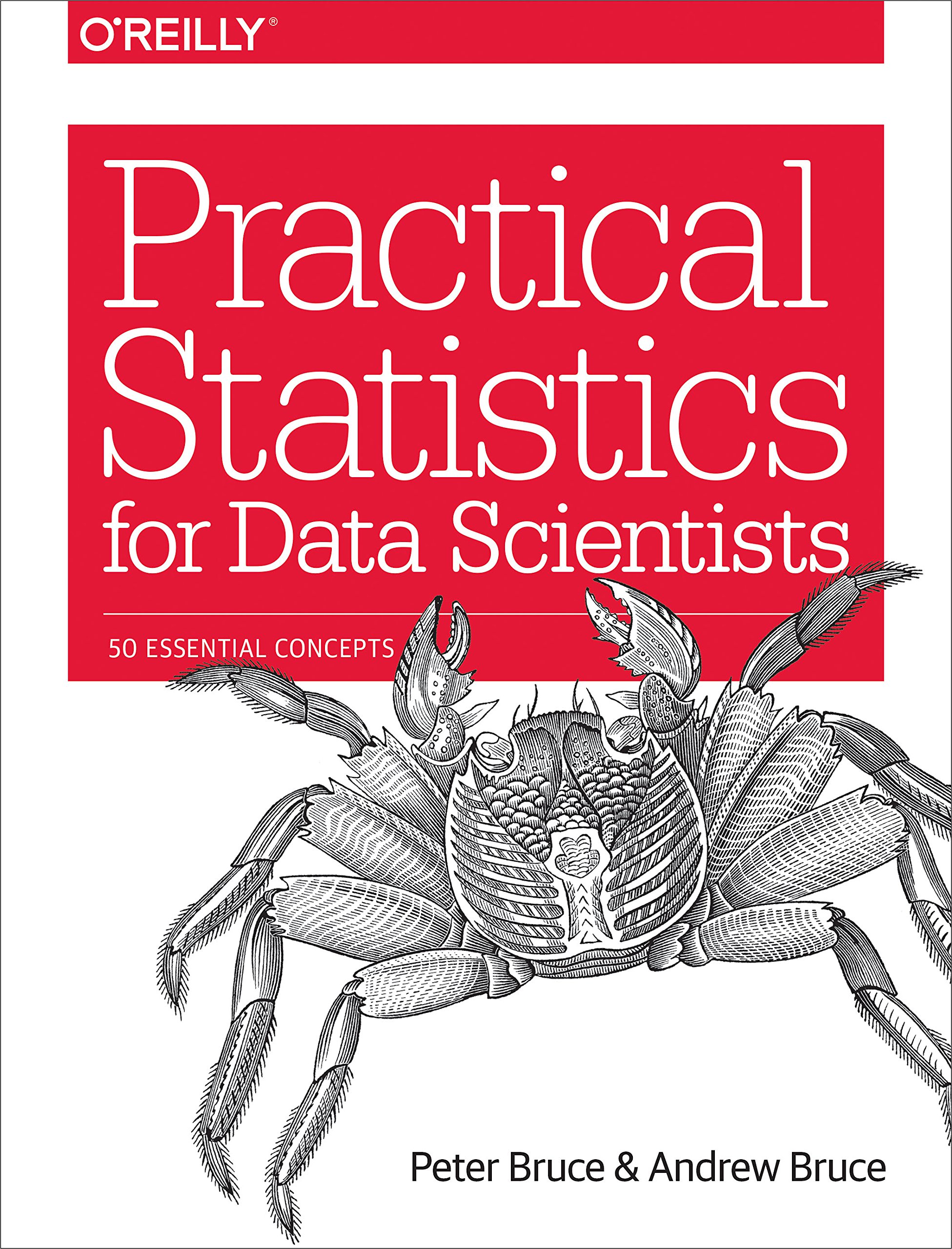happycat900
New member

[Đánh Bay Nỗi Lo Chi Phí - Mua Ngay để Tiết Kiệm!]: (https://shorten.asia/ZdUb5kcD)
None
=======================================
[Đánh Bay Nỗi Lo Chi Phí - Mua Ngay để Tiết Kiệm!]: (https://shorten.asia/ZdUb5kcD)
=======================================
**Practical Statistics for Data Scientists: 50 Essential Concepts**
#datascience #statistics #Machinelearning
Data science is a field that is rapidly growing in importance. As more and more data is collected, it becomes increasingly important to be able to analyze and understand it. Statistics is a key tool for data scientists, and it is essential to have a strong foundation in statistical concepts in order to be successful in this field.
This article provides a brief overview of 50 essential statistical concepts for data scientists. These concepts are not intended to be comprehensive, but they provide a good starting point for understanding the basics of statistics.
## 1. Population and Sample
A population is a collection of all the individuals or objects that you are interested in studying. A sample is a subset of the population that you actually collect data from.
## 2. Descriptive Statistics
Descriptive statistics are used to summarize data and describe its main features. Some common descriptive statistics include the mean, median, mode, range, and standard deviation.
## 3. Inferential Statistics
Inferential statistics are used to make inferences about a population based on data from a sample. Some common inferential statistics include hypothesis testing, confidence intervals, and regression analysis.
## 4. Data Visualization
Data visualization is the use of graphical representations to communicate data. Data visualization can be a powerful tool for understanding data and communicating insights to others.
## 5. Statistical Thinking
Statistical thinking is a way of thinking about data that is based on the principles of statistics. Statistical thinking can help you to make better decisions about data and to communicate your findings more effectively.
## 6. Randomness and Probability
Randomness is the lack of a pattern or order in events. Probability is the likelihood that an event will occur. Understanding randomness and probability is essential for understanding statistics.
## 7. Sampling Distribution
The sampling distribution is the distribution of sample statistics. The sampling distribution is important because it allows us to make inferences about a population based on data from a sample.
## 8. Central Limit Theorem
The central limit theorem states that the sampling distribution of a statistic will be approximately normal if the sample size is large enough. The central limit theorem is a powerful tool for making inferences about a population based on data from a sample.
## 9. Hypothesis Testing
Hypothesis testing is a statistical procedure for testing whether a hypothesis is supported by the data. Hypothesis testing is a common way to make inferences about a population based on data from a sample.
## 10. Confidence Intervals
A confidence interval is a range of values that is likely to contain the true value of a population parameter. Confidence intervals are used to make inferences about a population based on data from a sample.
## 11. Regression Analysis
Regression analysis is a statistical technique for modeling the relationship between two or more variables. Regression analysis is a powerful tool for understanding the relationships between variables and for making predictions.
## 12. ANOVA
ANOVA is a statistical test for comparing the means of two or more groups. ANOVA is a powerful tool for identifying significant differences between groups.
## 13. Chi-Square Test
The chi-square test is a statistical test for comparing two or more categorical variables. The chi-square test is a powerful tool for identifying significant differences between categorical variables.
## 14. Correlation
Correlation is a measure of the relationship between two variables. Correlation can be positive or negative, and it can be strong or weak. Correlation does not imply causation.
## 15. Causation
Causation is the relationship between two variables in which one variable causes the other variable to change. Causation is often difficult to prove, but it is an important concept in statistics.
## 16. Experimental Design
Experimental design is the process of planning and conducting an experiment. Experimental design is important for ensuring that the results of an experiment are valid and reliable.
## 17. Ethics in Statistics
Ethics in statistics is the study of the ethical principles that apply to the practice of statistics. Ethics in statistics is important for ensuring that statistical methods are used responsibly and for protecting the rights of individuals.
## 18. Big Data
Big data is the term used to describe the vast amounts of data that are being generated today. Big data poses new challenges for statisticians, but it also offers new opportunities for research and discovery.
## 19. Machine Learning
Machine learning is a subfield of artificial intelligence that allows computers to learn without being explicitly programmed. Machine learning is a powerful tool for data analysis and prediction.
## 20. Artificial Intelligence
Artificial intelligence is the simulation of human intelligence by machines. Artificial intelligence is a
=======================================
[Đặt Mua Ngay để Trải Nghiệm Sự Khác Biệt!]: (https://shorten.asia/ZdUb5kcD)






